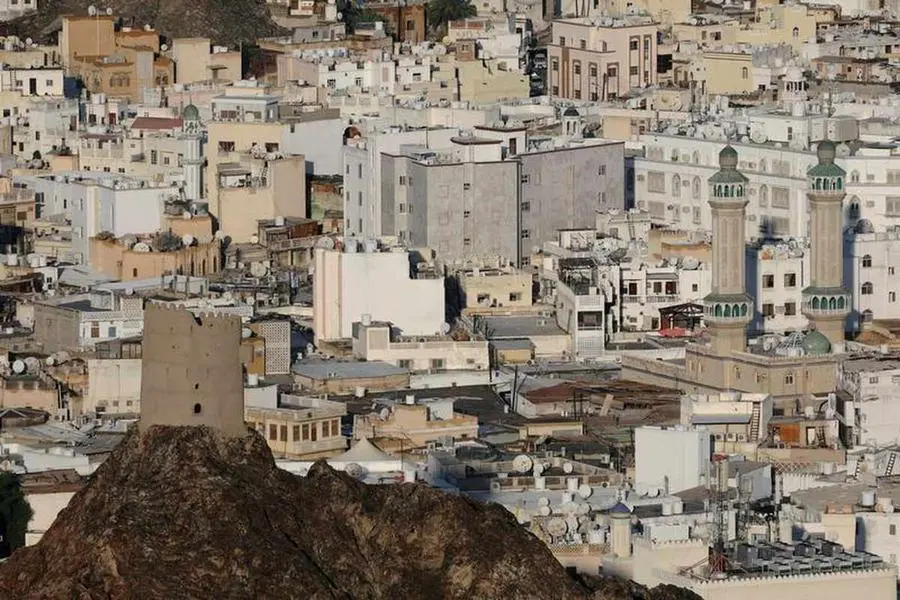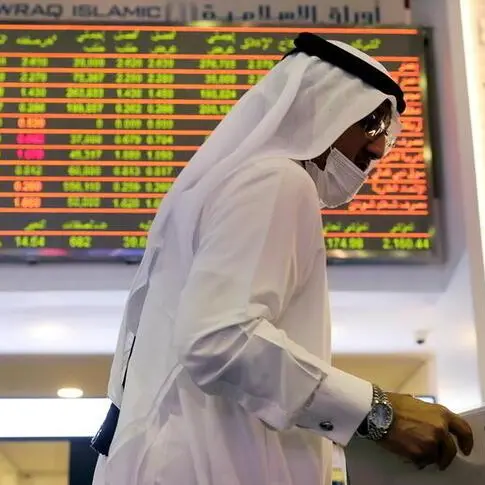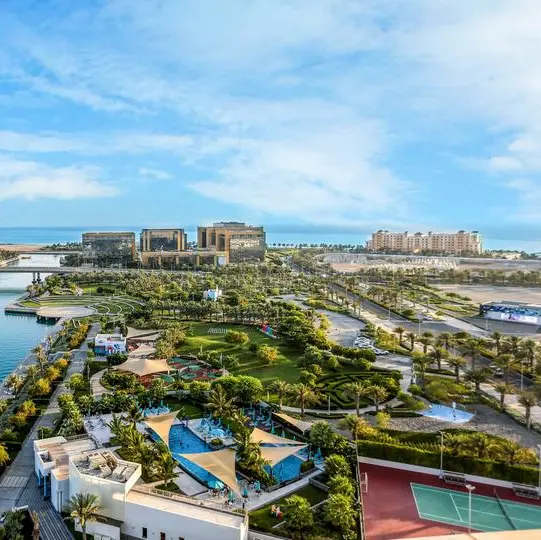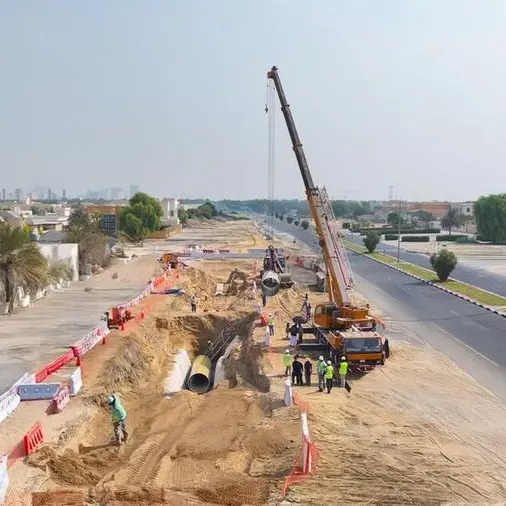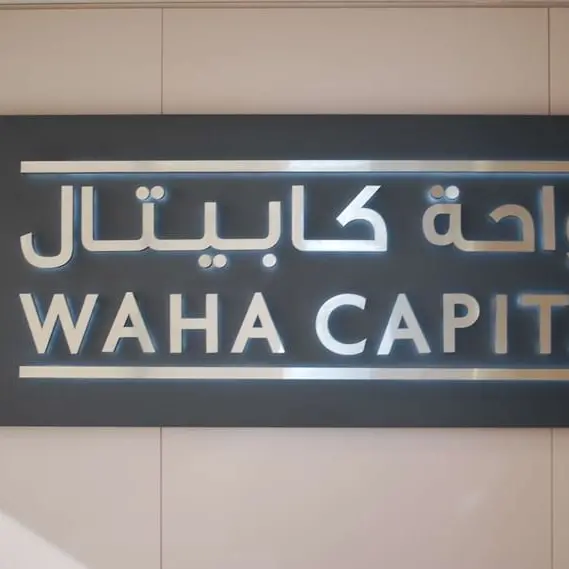PHOTO
Muscat – Ibrahim Waili, Director of Oman National Spatial Strategy (ONSS), has announced that the structural plan for ‘Greater Muscat’ is in its final stages and set to be implemented beginning next year.
The announcement was made during a workshop, titled ‘The Structural Plan of Greater Muscat’, organised by the Ministry of Housing and Urban Planning.
The plan’s concept aims to provide a new vision and spatial strategy for the growth of Greater Muscat, spanning from Yiti to Barka. This strategy emphasises sustainable and resilient urban development, seeking to balance growth, prosperity, urban identity, and the preservation of Muscat’s natural beauty.
The workshop focused on reviewing the final stages of the structural plan for Greater Muscat and fostering harmonisation and compatibility among the participating parties.
The concept intends to factor in the increasing population, investments, boosting the economy, development of transportation and communication systems, improvement of service quality, enhancement of infrastructure, and preservation of the environment.
“The structural plan will work on job distribution and human activity integration with the public transport network plan. Its objective is to meet demographic and economic requirements, develop projects in urban areas, and ensure the availability of essential services,” Waili said.
The plan aims to divide the city into economic blocs or clusters. These will include the innovation and knowledge cluster encompassing Knowledge Oasis Muscat, Sultan Qaboos University and Rusayl. The industrial and logistics cluster will be represented by Khazaen, Ruwi, Misfah and Rusayl. The tourism and economic bloc will be represented by Muscat, Muttrah, Al Khoudh and the airport area, while the food industry sector will be based in Barka.
Furthermore, the plan explores the utilisation of wadis by converting these into public spaces. The initial development will concentrate on four wadis.
Regarding Muscat Metro, Waili informed that routes have been finalised and key factors, such as easy access and strategically located major stations, have been identified. Additionally, the plan includes the expansion of express bus services and other modes of transportation to connect with the metro.
© Apex Press and Publishing Provided by SyndiGate Media Inc. (Syndigate.info).
